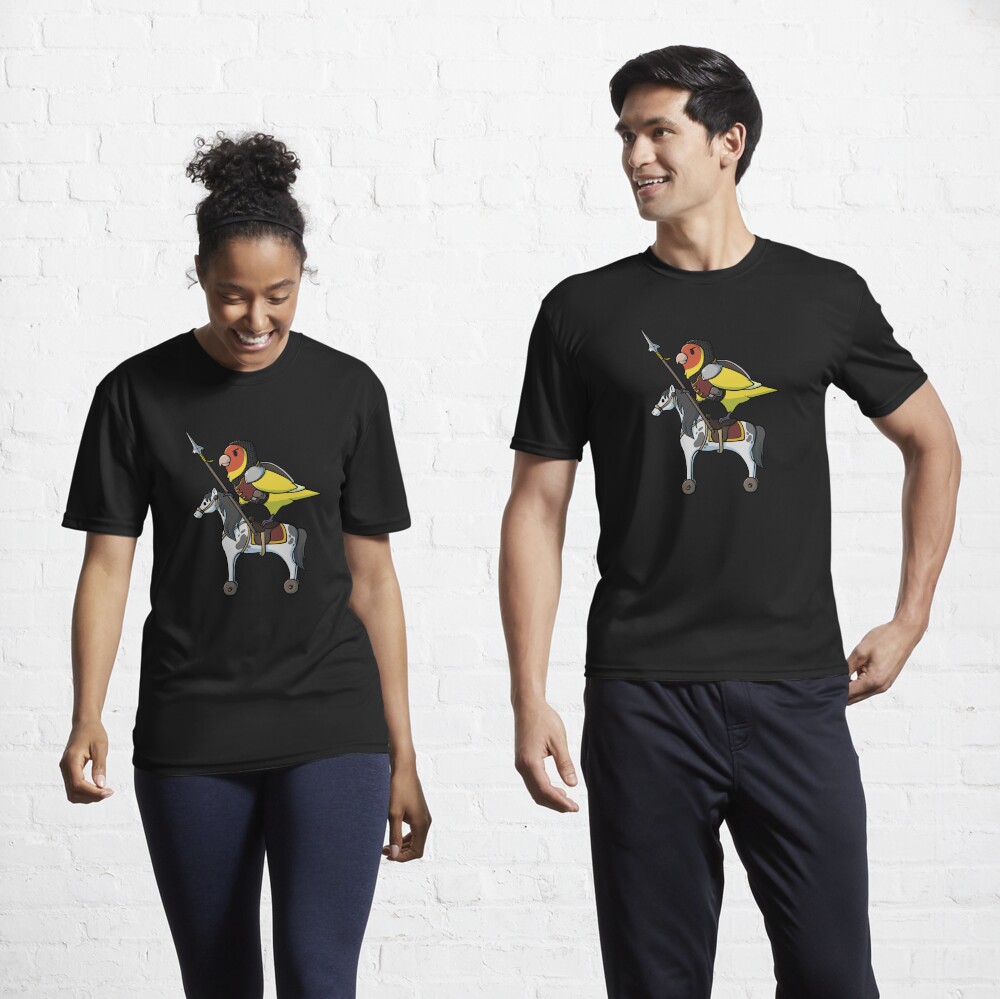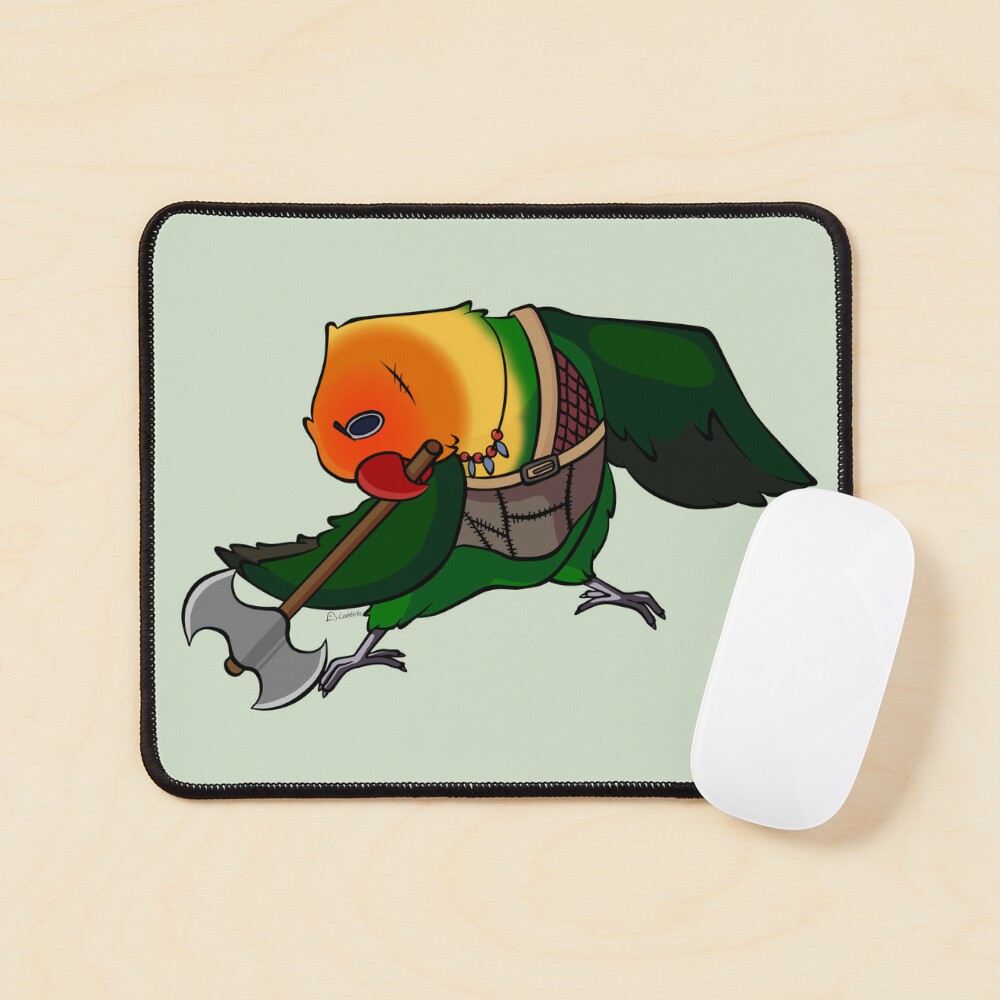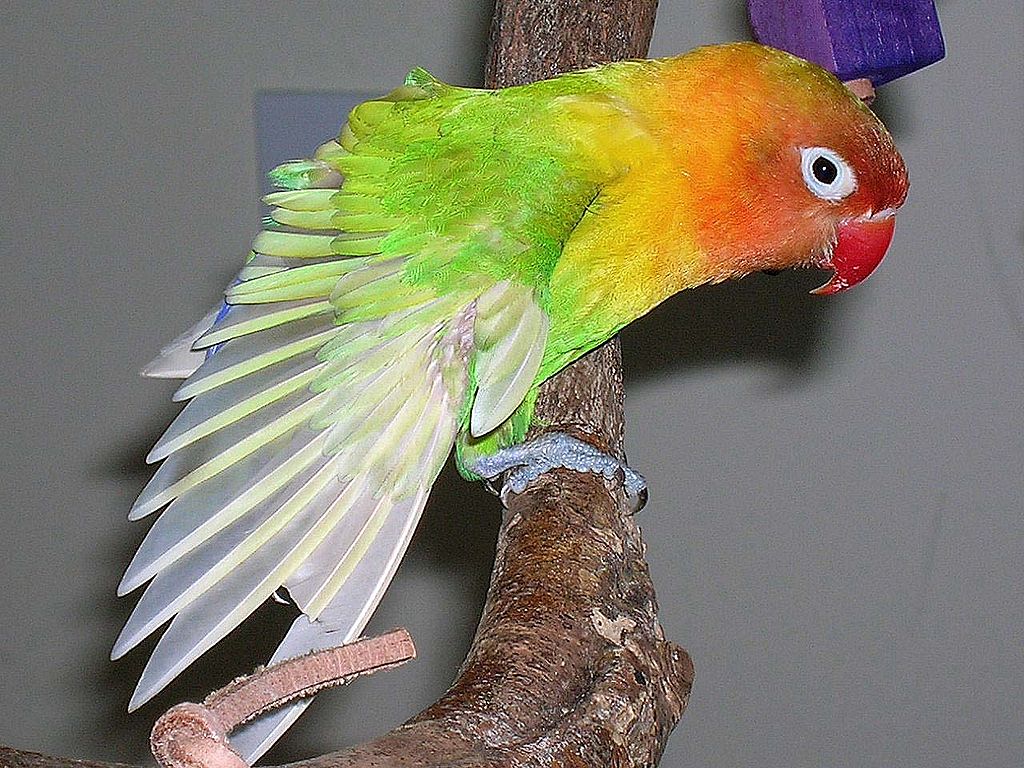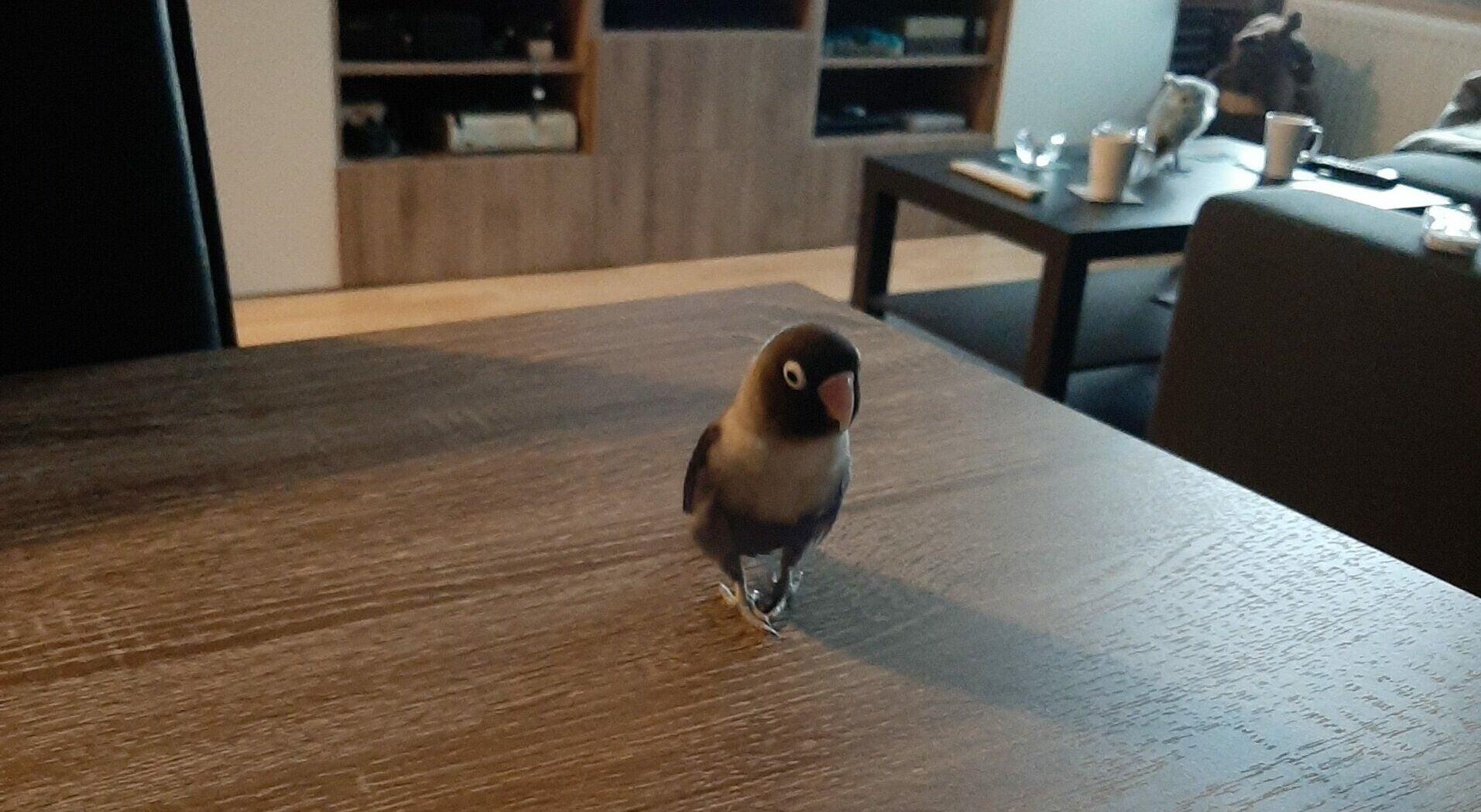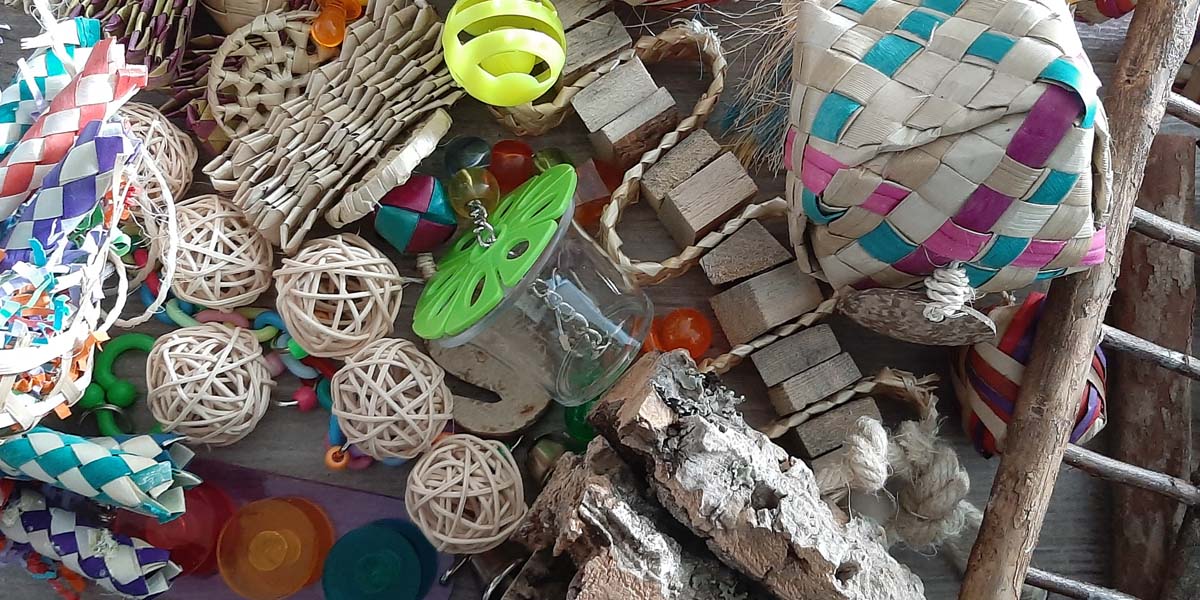How to tame an older or scared lovebird
If you read my about page, you know I have no idea how old my lovebird really is. What I do know for sure is that she was really scared when she first came here. Taming a scared or older lovebird is a lot harder than taming a young one, especially if you don’t know what they went through.
It is important to realize that it takes time, months even. You shouldn’t give up halfway through. Take the slow route.
Here are some tips and tricks of what you can do to tame your older or scared lovebird.
Be around your bird
Your bird might suddenly be in a new place it doesn’t know at all. This was the case with Apache. I placed my lovebird’s cage in such a location where she could see everything.
Being around your bird means two things. First, sit near the bird. Keep some distance from the cage so you are not seen as a threat. A lovebird is a prey bird and it doesn’t know you don’t intend to hurt it.
The second one is that you walk around the cage. This way your bird can study you when you are ignoring it.
You can do mostly anything around your bird’s cage. Read a book, draw, watch TV, knit. Just do something and let your lovebird watch you for a change.
Talk to them
Talk softly to your feathered friend. You could combine this with sitting nearby but not too close!
What I started doing after a while is saying good morning to Apache. I spent a few minutes near her cage talking to her, gave her food and then started preparing my own breakfast. In the evening I would tell her good night, just before turning the light off.
Is your lovebird calling for you?
After some time, your lovebird will start to recognize you. While they may still act all aggressive and bite, they might start calling for you whenever you leave the room. Apache started doing this after a while. She would call out in a specific tune. If your lovebird is doing this, respond to it. Lovebirds are social animals and communicating with them is important.
Since my lovebird started doing this, I added a “bye bye, I’m leaving the house”. Basically, whenever I know I will be out of the house for a long period of time, I would tell her that I will be leaving. Lately when I say this and stand in the hallway putting a coat on, she wouldn’t start calling for me. Well, most of the time.
Introducing your hand safely
Apache bites, viciously so, drawing blood, she even bit through my boyfriends nail once. Introducing my hand was (and still is) a challenge. I just don’t want to be hurt in the process.
To battle this, I decided to not directly approach her with my hand as she is really scared of hands in general. So, instead of flight being triggered, in her case she would rather fight instead.
I lay my hand on the cage for 2 seconds, right on the opposite side of her position. Is she is at the top left? Then I will place my hand on the top right. In the beginning she would launch herself towards it with her puffed up body, ready to defend her territory. Because it was just 2 seconds, I didn’t risk getting bitten.
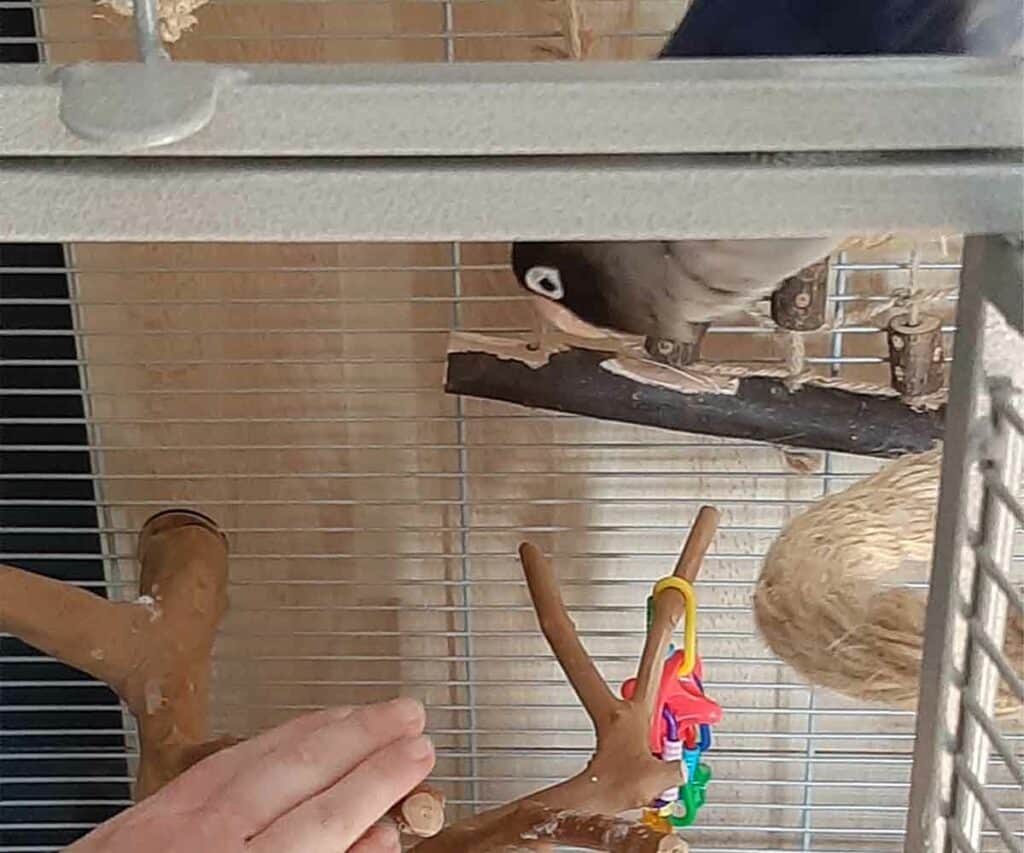
I would keep on doing this with increased time and closer to her. Her reaction started to become more docile. Right now, I am at the point that I can slide my finger over a bar with her strong beak right behind it. She’s watching me, but she no longer launches for a bite. Nor does she have her feathers all puffed up.
If you have a scared bird, you can still do this approach (lucky you, your fingers are less at risk). Keep your distance between the bird and you. Watch your bird carefully. Go closer when your lovebird starts becoming more comfortable.
It is important that you don’t go too close. Don’t force yourself onto your bird. That will scare them.
The best way is placing your hand on the perch your bird is sitting on, but at the other end and the furthest away from your bird. Then you wait until your lovebird comes to your hand.
Don’t do this for hours. A few minutes are enough, with a maximum of 10 minutes in a session. Give your bird enough time to relax after that scary experience.
Start giving them treats
If your lovebird is somewhat used to your hand, you can try giving them treats. This works especially well when they haven’t eaten yet. Give them something they absolutely love. This way they start associating hands/fingers with something positive (the treat).
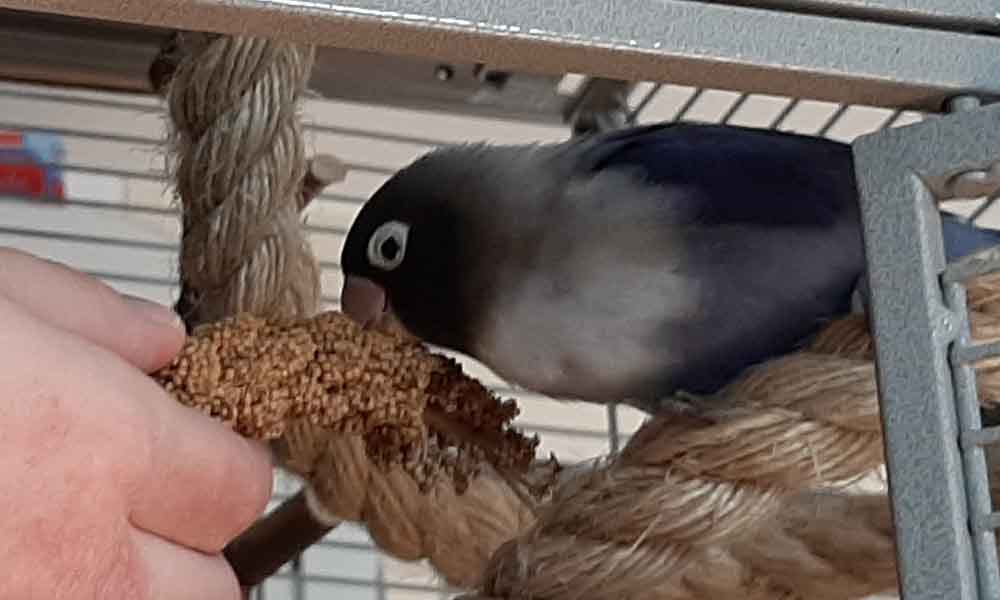
For me every kind of seed works. Except sunflower seed, as she doesn’t like them (I sometimes feel like my lovebird is weird). Since my fingers are still at risk, I pick out the bigger seeds. Keep in mind that you don’t want to give them too many seeds. If your lovebird loves fruits or vegetables, you could use those instead. When you start giving treats, you could combine this with clicker recognition training when it feels less threatened by your hand.
Let them out of their cage
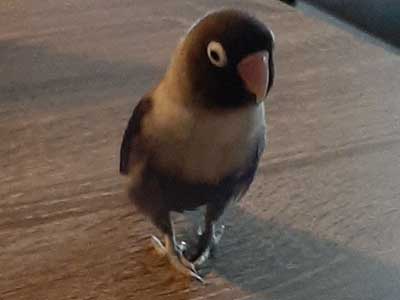
Despite the fact that my lovebird doesn’t like hands and will bite, I would still let her out of her cage.
To tame them easier out of the cage, you could have their wings clipped. I didn’t go for this approach. Apache is a bird, and she is meant to fly. If I scare her, she should be able to fly away. This is my opinion though; you should choose what fits you best.
When having a scared or not fully tamed bird out of their cage, they will flee, especially when their wings are not clipped. (I really made it difficult for myself because of that.) It’s important you don’t chase after them. Chasing after them will only set you back as it will think of you as a predator.
Stay calm and be calm in your approach.
Try a long perch to interact with your lovebird. I used a perch to have my lovebird to step-up (a trick I didn’t exactly teach her, but she somehow understands).
Place the perch in front of them, but don’t push them to step up. Be patient. You could try using a reward to get your bird to step up on the perch.
Once on the perch, I bring her back to her cage. Of course, this sometimes takes more than one try.
When bringing your lovebird back to its cage, have they’re back facing the opening, this way they won’t see what you are trying to do.
Let them out in a smaller room
By letting your lovebird out into a smaller room, it doesn’t have a lot of places to go to. Pay close attention to your bird though, your bird might panic more easily.
Don’t interact unless they come to you
Another approach you could try is letting them out, but not interacting with your lovebird. Just sit still in one place. Perhaps read a book or do something on your phone. Let them come to you.
You could place some tasty treats near you to lure in your lovebird. Once it is there, still don’t interact with it. When it easily comes for the treats near you, try holding the treats, whilst still sitting in one place.
Taming older or scared birds is a game of patience
All in all, taming older or scared birds takes time. I got Apache in February of 2019. After more than a year I’m still slowly taming her. Her fear of hands was that bad.
Take small steps. Don’t over task your lovebird. Take baby steps. Repeat the process. But most importantly, be patient.
